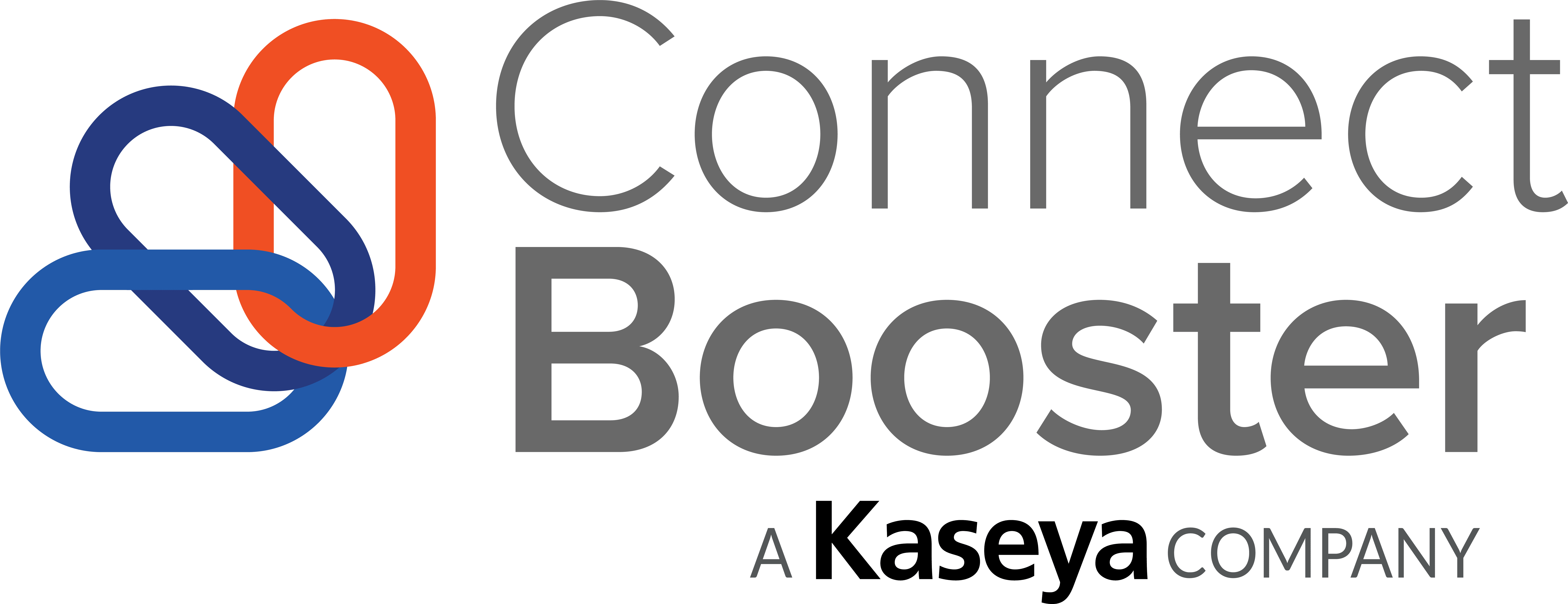Welcome to the inaugural edition of Financial Fridays, your go-to resource for mastering financial literacy in the world of managed service providers (MSPs). In this first installment, we’re diving deep into the realm of financial metrics, exploring how tracking key performance indicators (KPIs) can revolutionize the way you manage and grow your MSP business.
As an MSP, you’re already familiar with the concept of KPIs for monitoring technical performance. But did you know that financial KPIs are equally vital for assessing the health and profitability of your business? From revenue tracking to cost management, financial metrics provide invaluable insights into your company’s financial standing and help guide strategic decision-making.
Let’s take a closer look at the top seven financial profitability KPIs that every MSP should be tracking:
1. Revenue
- Significance: Revenue is the lifeblood of your MSP, indicating the total income generated from selling products and services. Tracking revenue allows you to gauge your business’s financial health, assess growth trends and identify opportunities for expansion.
- Usage: Monitor revenue trends over time to evaluate business performance, identify peak seasons and make informed decisions about resource allocation and strategic investments.
- Types:
- Total revenue: The sum of all sales revenue within a specified period.
- Recurring revenue: Income generated regularly through subscriptions, reflecting the stability and predictability of cash flow.
- Source revenue: Proportion of total revenue derived from specific sources, providing insights into revenue diversification and client portfolio management.
- Formulas:
- Total revenue = Sum of all sales revenue within a specified period
- Recurring revenue = Monthly/Annual subscription revenue
- Source revenue = (Revenue from a specific source / Total revenue) x 100
2. Margin
- Significance: Margin measures the profitability of your services, revealing the percentage of revenue retained after deducting direct costs. Gross, net and operating margins provide insights into your business’s financial efficiency and sustainability.
- Usage: Analyze margin trends to assess service profitability, optimize pricing strategies and identify areas for cost reduction or efficiency improvements to maximize profitability.
- Types:
- Gross profit margin: Reflects the profitability of services before accounting for indirect expenses, helping evaluate service efficiency and pricing strategies.
- Net profit margin: Indicates the profitability of your business after accounting for all expenses, providing a comprehensive view of overall financial health.
- Operating profit margin: Measures residual earnings after deducting fixed costs, highlighting operational efficiency and business profitability.
- Formulas:
- Gross profit margin = (Total revenue – COGS) / Total revenue x 100
- Net profit margin = (Net profit / Total revenue) x 100
- Operating profit margin = (Operating profit / Total revenue) x 100
3. Return on investment (ROI)
- Significance: ROI evaluates the effectiveness of investments by comparing net profit to investment costs. It helps you assess the profitability and value generated from various initiatives, such as new service offerings or technology investments.
- Usage: Calculate ROI for different investments to prioritize resource allocation, justify investment decisions and optimize your MSP’s overall return on capital.
- Formula:
- ROI = (Net profit / Investment cost) x 100
4. Cost of goods and services sold (COGS)
- Significance: COGS represents the direct costs associated with delivering managed services, including labor, materials and overhead expenses. Monitoring COGS helps you understand the cost structure of your business and identify opportunities for cost optimization.
- Usage: Analyze COGS trends to control operational expenses, optimize resource utilization and improve overall service profitability by minimizing costs while maintaining service quality.
- Types:
- Direct labor costs: Expenses incurred directly from employee labor associated with service delivery.
- Material costs: Costs associated with materials or consumables used in providing services.
- Overhead expenses: Indirect expenses, such as infrastructure, software and training costs, that contribute to service delivery.
- Formula:
- COGS = Direct labor costs + Material costs + Overhead expenses
5. Effective rate per customer
- Significance: The effective rate per customer measures the revenue generated per hour spent servicing each client, providing insights into the profitability and value of individual customer relationships.
- Usage: Identify high-value customers and prioritize efforts to nurture and expand those relationships, optimize resource allocation and tailor service offerings to maximize profitability.
- Formula:
- Effective rate per customer = Revenue from customer / Hours spent servicing customer
6. Effective rate per offering
- Significance: The effective rate per offering assesses the revenue generated per hour spent delivering specific service offerings, helping you evaluate the profitability and efficiency of your service portfolio.
- Usage: Identify high-profit service offerings, optimize resource allocation and refine service offerings to maximize profitability and align with customer needs and market demand.
- Formula: Effective rate per offering = Revenue from offering / Hours spent delivering offering
7. Customer distribution
- Significance: Customer distribution analyzes the contribution of each client to total revenue, helping you identify key revenue drivers, assess client loyalty and anticipate revenue impacts from client attrition.
- Usage: Prioritize client relationships, allocate resources strategically and mitigate risks associated with overreliance on individual clients by diversifying your client portfolio.
- Types:
- Revenue contribution by customer: Percentage of total revenue attributed to each client, indicating the significance of individual clients to overall revenue generation.
- Customer retention rate: Measure of customer loyalty and satisfaction, reflecting the percentage of customers retained over a specified period.
- Formula:
- Customer retention rate = ((Number of customers at end of period – Number of new customers acquired during period) / Number of customers at start of period) x 100
Summing it up and looking ahead
In conclusion, mastering financial literacy is essential for running a successful MSP business. By leveraging the power of financial KPIs, MSPs can gain deeper insights, make smarter decisions and ultimately achieve long-term success in a competitive market.
By regularly monitoring these financial KPIs, MSPs can gain valuable insights into their financial performance, identify areas for improvement and make informed decisions to drive growth and profitability. But with so many metrics to track, how do you choose the ones that matter most?
When selecting KPIs for your MSP business, consider factors such as alignment with your business goals, regulatory compliance requirements and measurability. Use our checklist to evaluate the relevance and effectiveness of each KPI, ensuring that you focus on the metrics that truly matter for your success.
Join us every two weeks for more insights and strategies on Financial Fridays, where we’ll continue to explore the world of financial literacy for MSPs. Additionally, stay tuned for our upcoming webinar, which will delve more into actionable tips for optimizing cash flow and revenue streams and maximizing profitability. Until then, happy tracking!
![]()

